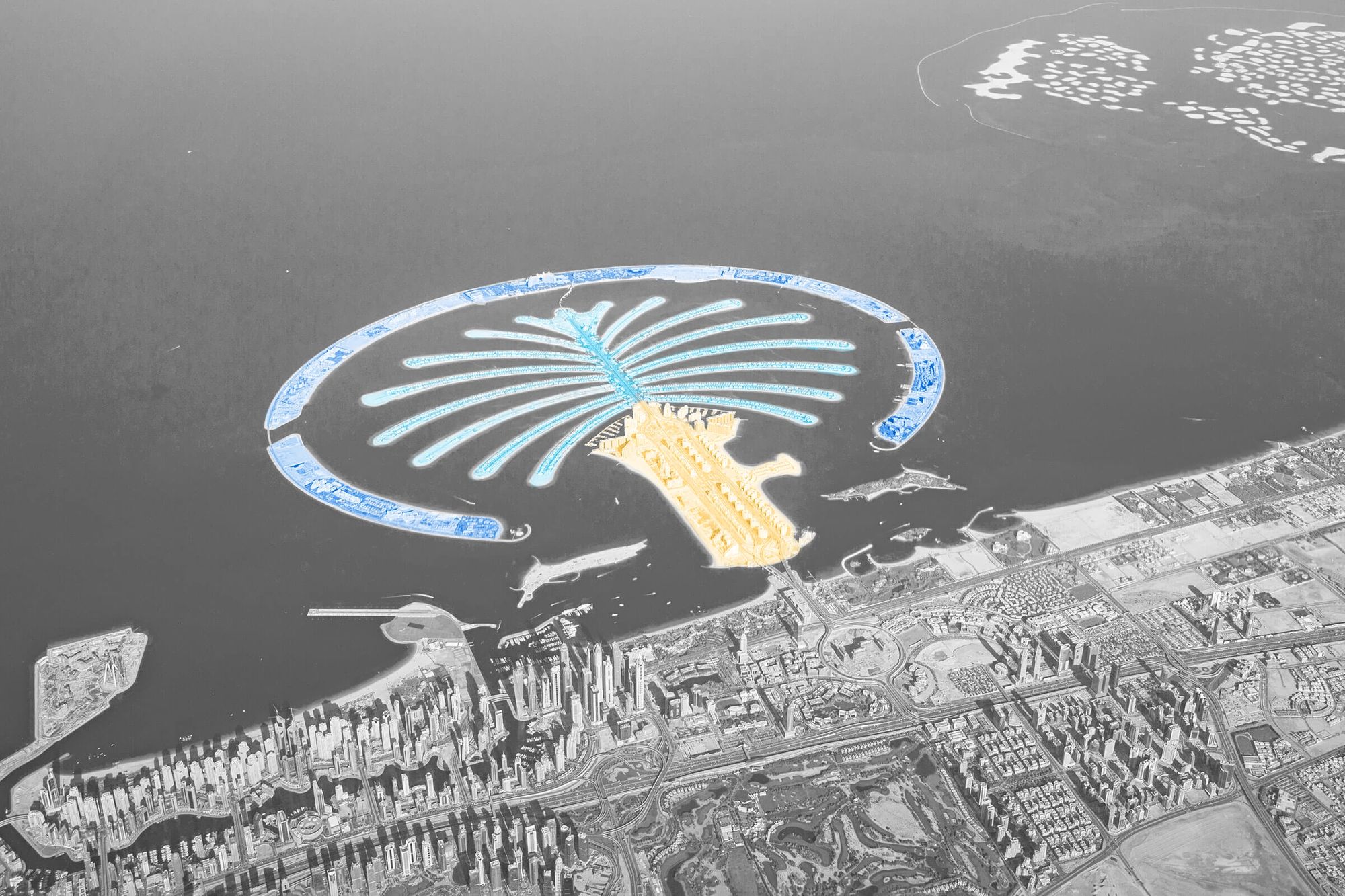
The Grand Canyon is bigger than the state of Rhode Island.
The Grand Canyon attracts millions of visitors to northern Arizona each year, all hoping to snap an amazing photo of the canyon’s vast landscape. The mile-deep gorge is the centerpiece of such an expansive view that it can’t all be seen at once; at 277 miles long and up to 18 miles wide, the Grand Canyon is so large, it creates its own weather. In fact, getting a view from its two most popular rims (aka tops) requires nearly five hours of travel time.
The Grand Canyon is under the care of the National Park Service, yet the park boundaries don’t contain it entirely; the portion protected by Grand Canyon National Park totals 1,904 square miles, a span larger than the smallest U.S. state. In comparison, the tiny East Coast state of Rhode Island contains just 1,214 square miles.
Today, the Grand Canyon is the second-most-visited national park (bested only by the Great Smoky Mountains in 2022). Until the mid-1800s, however, little was known about the area, thanks to its remoteness. Spanish conquistadors who explored the region in 1540 had little to note of its magnificence, and an 1857 report from an American expedition through the canyon described the 6 million-year-old area as “altogether valueless,” with “nothing to do but leave.” Such declarations impeded progress in turning the natural wonder into a national park when President Benjamin Harrison first moved to protect the area in 1893 as a forest reserve; President Theodore Roosevelt designated it a national monument in 1908. It would take a third President — Woodrow Wilson — and 11 more years for the Grand Canyon to become the awe-inspiring national park it is today.
Most visitors to the Grand Canyon admire the landscape from overlooks, never venturing to the gorge’s bottom. Yet mail-carrying mules trek down into the canyon five days a week, delivering packages, food, and supplies to the Supai village, where the Indigenous Havasupai people have lived for nearly 1,000 years. (It’s unclear how long mail has been delivered this way, but mule postal deliveries were first documented in 1938.) Up to 22 mules are part of the daily, all-weather mail train, carrying up to 200 pounds of goods each, and traveling 9 miles down into the canyon outside the national park’s boundaries. The trip takes three hours down and five hours on the return, and according to the Smithsonian’s National Postal Museum, is the last official mail-by-mule route in the country (and possibly, the world).

